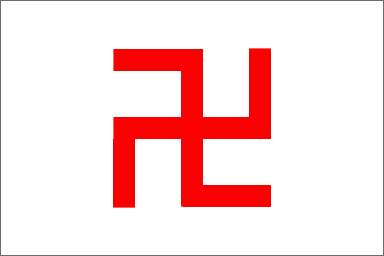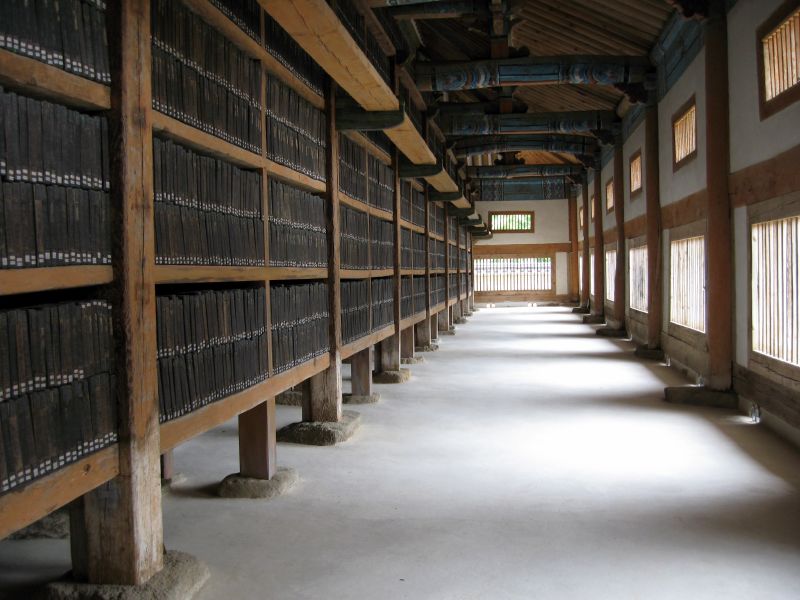Long post ahead!
After living here for more than four months, I decided it was well past time to visit Seoul, Korea's capital (That's pronounced Suh-ool, as two syllables, and one of the hardest habits to break in Korean class). Tahirih, a friend of mine from college, is also teaching in South Korea in a suburb of Seoul at what is apparently a much better school than mine. No hard feelings though, it was good to catch up and explore a new place. I was afraid that the seething mass of humanity would be too overwhelming for me, given that the city's population density is more than twice that of New York. In fact, it was not that bad. Perhaps it was because we did most of the sightseeing on Sunday, also known as "rest day," also known as "recover-from-your-soju-hangover day." Or maybe it was because it was butt-puckeringly cold -- it was a full 10 degrees colder than Daegu and I was woefully underprepared. In any event, walking around Saturday evening and Sunday afternoon, we didn't see as many people as I expected. I reckon that this lends credence to Seoul's reputation as an after-dark city. Apparently it doesn't really get crazy until well after midnight.
The train I took from Daegu (in the far south of the country) to Seoul (near the border with North Korea) only took 4 hours, and the legendary super-fast KTX that I took on the return journey was only 2 hours. It is remarkable to think that one can traverse the country from north to south by train in half the time that it took me to drive to upstate New York to go to college. America is a big place. Once there, I had this little gem to contend with. Eat your heart out, MTA!

In fact, the subway system is surprisingly easy to navigate. All of the signs and announcements are in Korean, English, and Chinese, and it's clear that those in charge of this public transportation system found a much more qualified actor than whoever they hired to do the bus announcements in Daegu. The subway map was also a good chance to practice my burgeoning Hangeul (that's the Korean alphabet) skills. Or at least it would have been if I didn't regularly have an enormous line of impatient Koreans behind me at all times.
Saturday began auspiciously, as Tahirih slept through her alarm and failed to meet me at the train station, and I stayed out all night with some new friends that we had met and so arrived in Seoul wanting nothing more than a good nap. And that is just what I got! Tahirih decided to do a little shopping while I searched out the nearest
jjimjjilbang in Gangnam (an area of Seoul which you may or may not have heard of, I think maybe in some sort of old-timey East Asian folk song?). A
jjimjjilbang is, for lack of an U.S. equivalent, a gender-separated bathhouse. The ritzier ones, like Spaland in Busan, have enormous rooms with baths ranging from arctic freezing to surface of the sun boiling. There are themed steam rooms, food, DVD rooms where you can rent a movie and sit in a massage chair, massage parlors, outdoors foot-soaking patios, hallways full of couches for napping, and of course a veritable sea of naked Asian men. And all of this for less than 10 American Dollars! If you want to throw yourself out of your comfort zone upon arrival in Korea, I can think of no better way to do it. The
jjimjjilbang has so far been an incredibly relaxing and excellent experience. Gold Spa, the one I visited in Gangnam, was much smaller than Spaland, but still featured various baths and saunas, a big screen playing
The Dark Knight Rises (sweet!) and a bunk room -- just what I was looking for. So I settled down on a paper thin pallet on the floor and snatched four glorious hours of fitful sleep in a room of snoring Koreans. It was wonderful.
That night, we went to see a colleague of Tahirih's perform in a production of
A Doll's House, which was both very good and also an insight into a major difference between Seoul and the rest of Korea. There are foreigners everywhere! In Daegu, even downtown, I will often go more than a week without spotting another foreigner on the street, while in Seoul, they are positively everywhere. This of course explains why the city is so much more accessible to English speakers and why the barista at Paris Baguette had near fluent English skills, while I struggle just to order a donut in my broken Korean at my local shop.
On Sunday morning Tahirih took me on a quick tour of her neighborhood (she has a rock climbing wall less than 2 minutes away from her apartment...jealousy abounds), and then we decided to be tourists for a day. Our first stop was Gyeongbok Palace, allegedly the most expansive and most well-restored palace of the handful in the city. Gyeongbok Palace was built in the 14th century, inhabited at the peak of the storied Joseon Dynasty, and like everything else of architectural significance in Korea, reduced to a smoldering pile of rubble by the Japanese. Fortunately, it is being painstakingly reconstructed, and is bit by bit taking shape again. This is quite a monumental task though, because though the buildings themselves are not that expansive, the palace grounds are
enormous. Just when you walk down another hallway and think you will end up in the mountains, you are in another sprawling courtyard. In my experience, most cultural sites like this give one an appreciation for history, but rarely does one actually feel like he is stepping back into history. I am happy to report that Gyeongbok Palace was one of those latter places. The entire site was remarkably quiet considering its location in one of the busiest cities in the world. The towering skyscrapers in the distance were easy to forget about as I prowled around the grounds like an unwelcome spy. It was easy to get lost in the maze of hallways and buildings and suspect that just around the corner I was just as likely to run into petitioners lining up to see the king in the parade grounds, councilors urgently plotting betrayal behind the stables, or courtesans reflecting on their predicament on the banks of the compound's tranquil pond, as I was other gawking tourists. And even the other sightseers -- believe it or not -- for the most part took their phones off of their heads and strolled through the palace in what seemed like involuntary reverence.


I was impressed by the palace's ability to integrate itself with the modern landscape of the city.
Korea's number one market product...crowds of people!
When we became separated, I was pathetically unable to explain to Tahirih what a pagoda was. (Ummm...it's like a wedding cake, but, like, with roofs?) Some English teacher...
Restoring a little bit of history. I imagine this is the most picturesque place in the palace, when it's not covered with scaffolding, that is.
To add to the historical fun, every hour brought with it a traditional changing of the guard ceremony in the main plaza.
Lunch was a delicious and blissfully hot bowl of Shabu Shabu (hot-pot, named for the sound it makes when you stir it). It was terrible competition for the major league Shabu Shabu restaurant that I have across from my school (more on that in another post), but it did the trick for a cold winter day.
We spent the better part of the afternoon just walking around Seoul, meandering in the direction of Namsan -- the mountain in the center of the city -- and Seoul Tower. The hike seemed an exhausting prospect at this point in the day, so we opted for the cable car, which provided some great views of the city. Koreans couples have a tradition that is celebrated at the top of Namsan, where two people in love will bring up a pair of padlocks, lock them together on the railing of the observation deck, and throw the keys over the side. Kind of a cool tradition. I don't know how long this tradition has been going on, but they look to be running out of room very quickly...
We got to the top of the tower just as Seoul was lighting up, and got some stellar panoramic views of the sea of lights that is Seoul at night. Sadly, my camera takes abysmal night shots, especially through glass, so you'll just have to use your imagination. At least I got a nice one of Seoul Tower.
All in all, a great trip, but it became obvious that Seoul is much like New York. You could live there your whole life and still not see everything.



















































